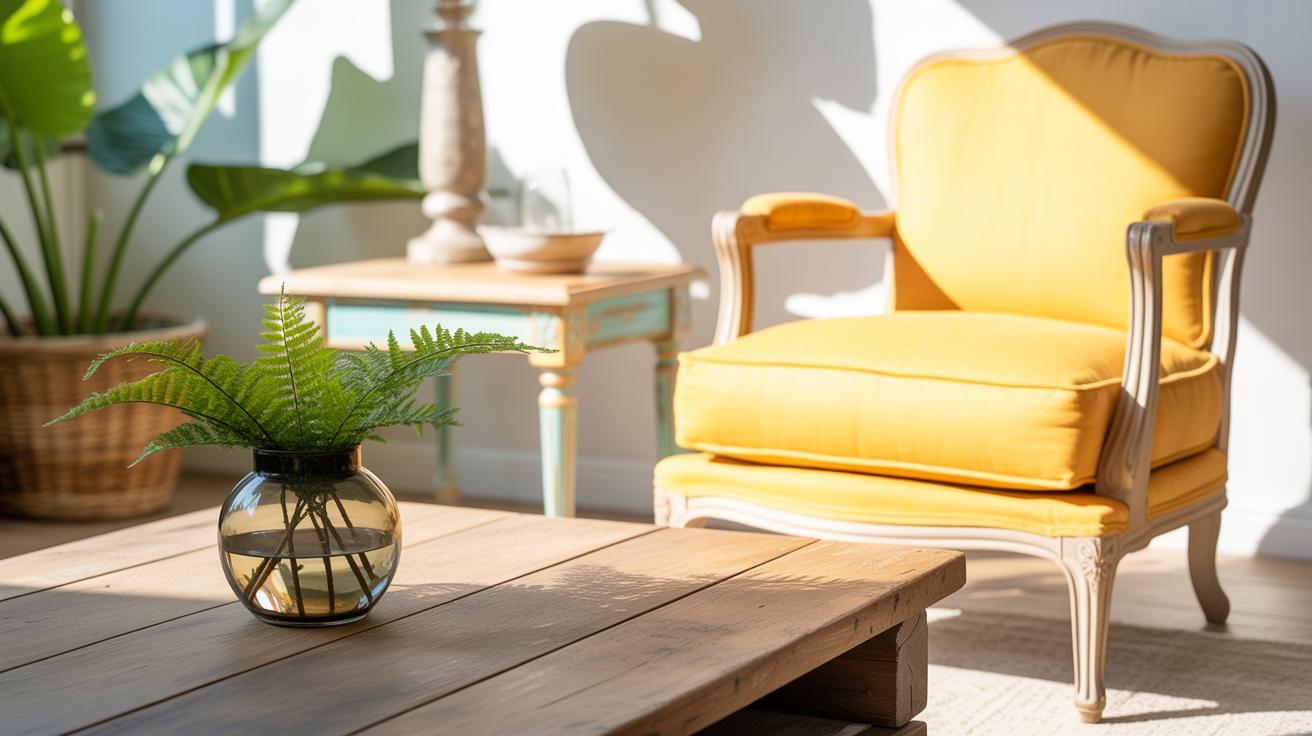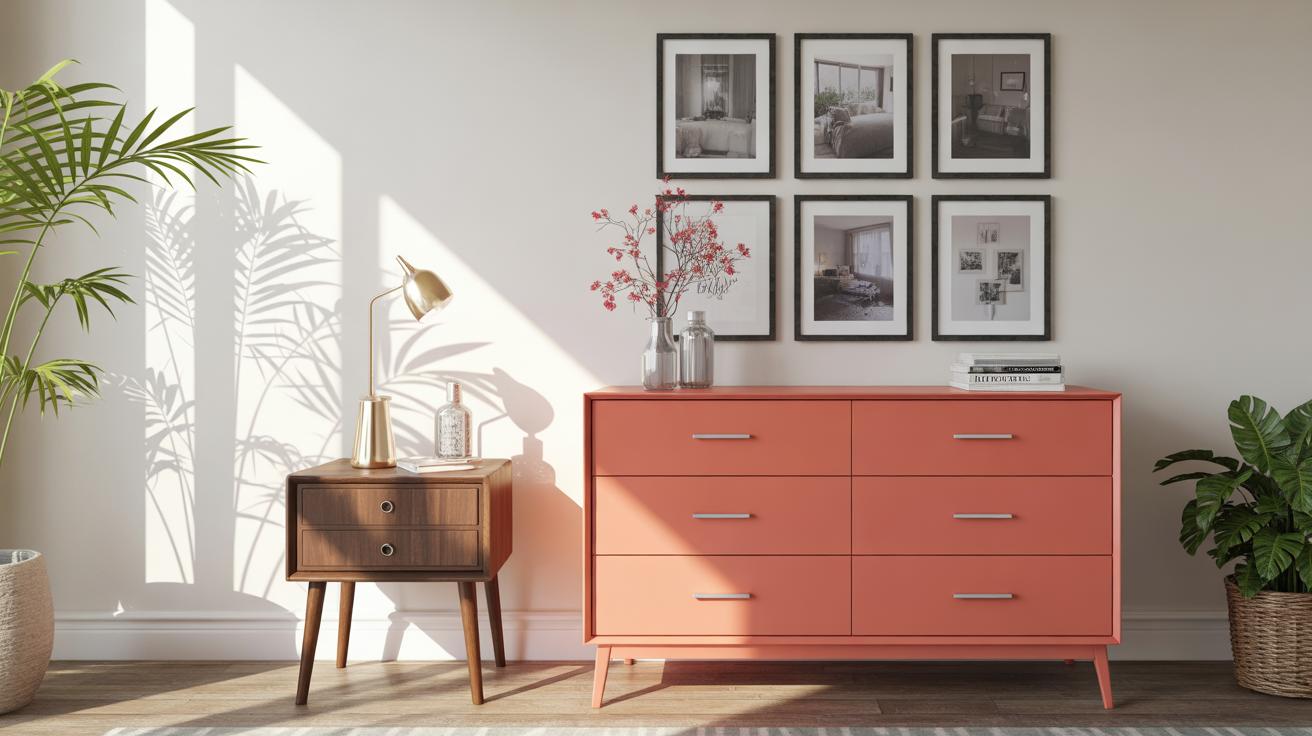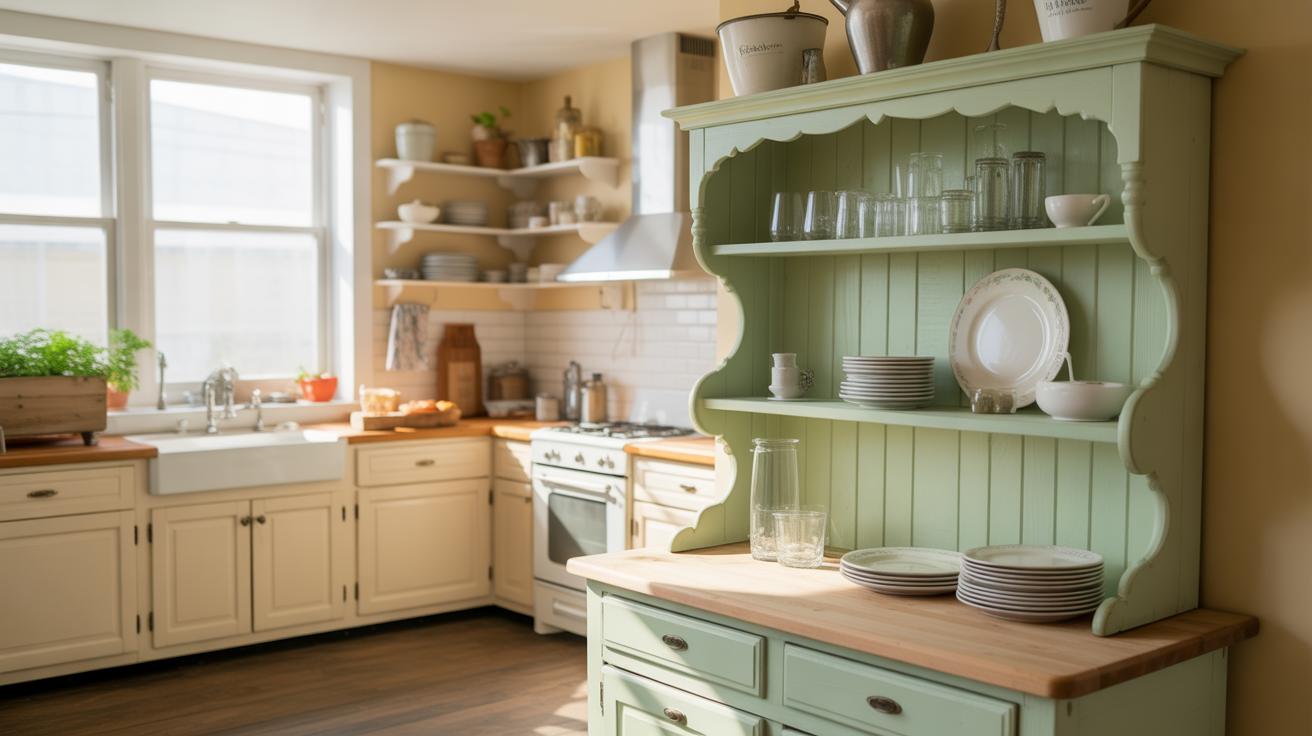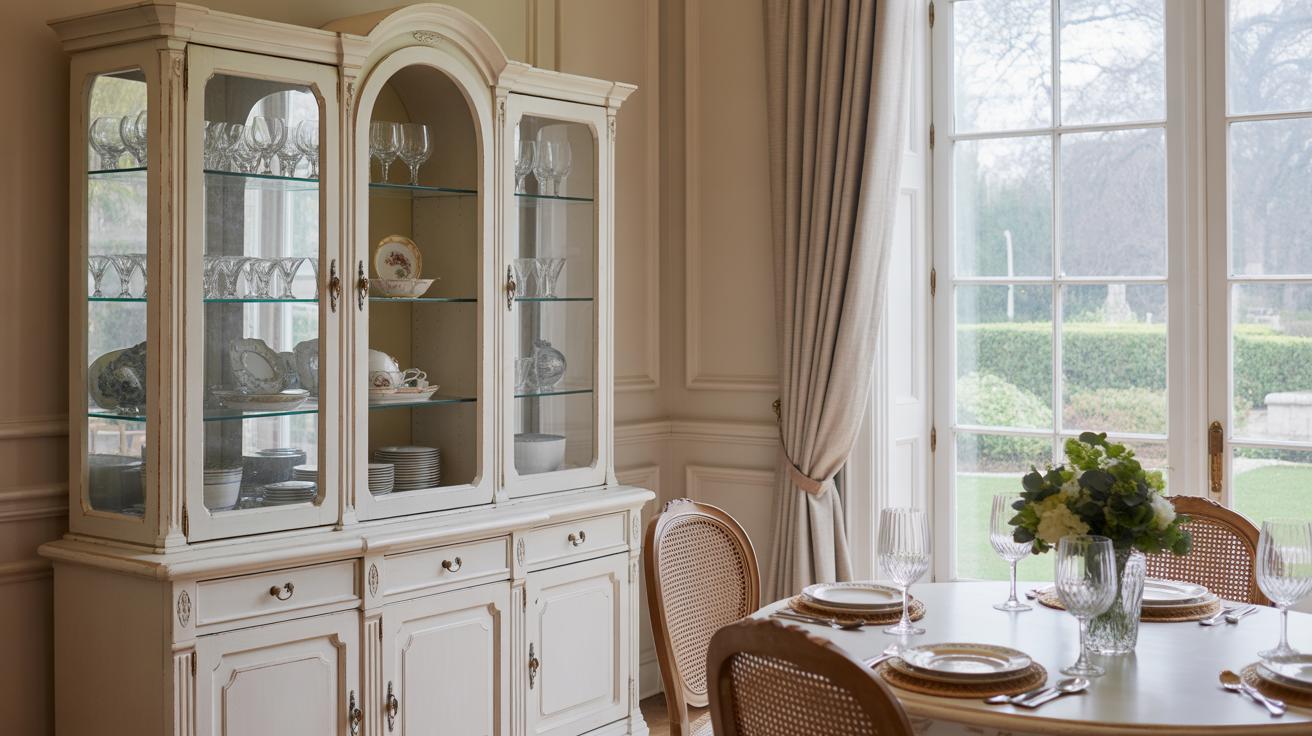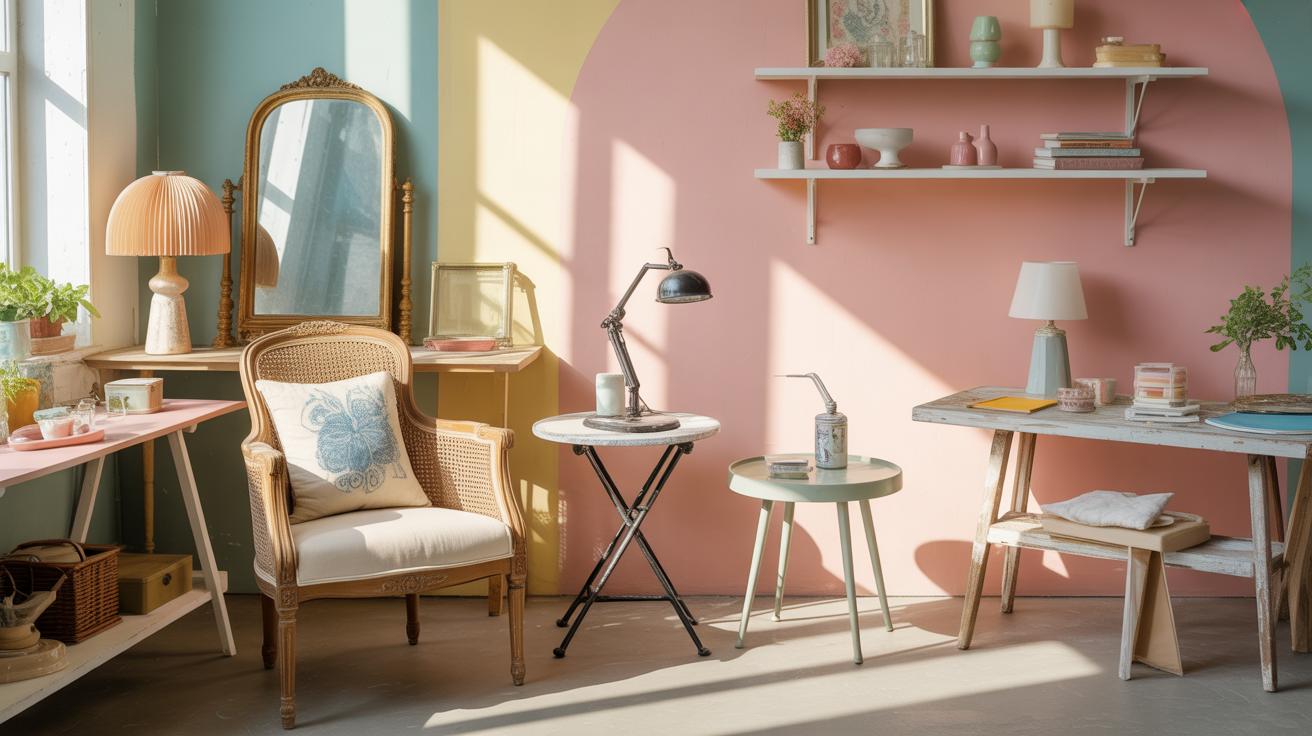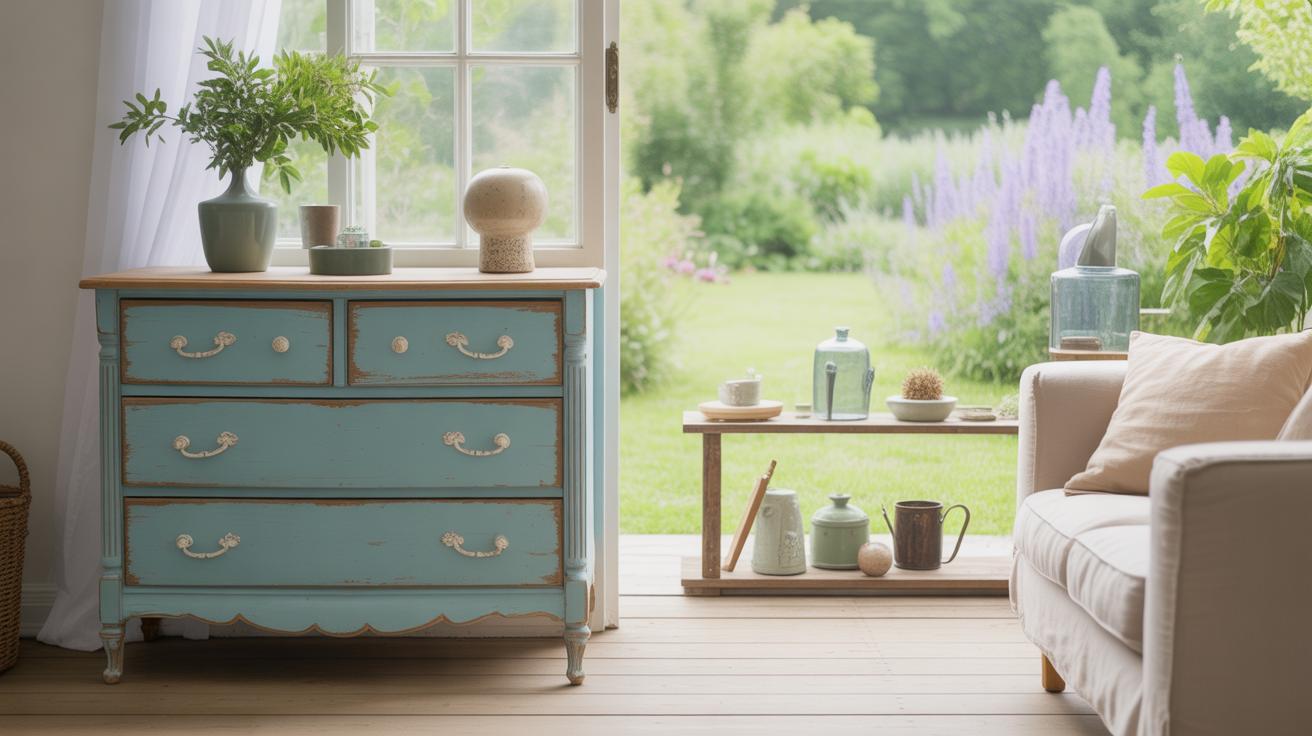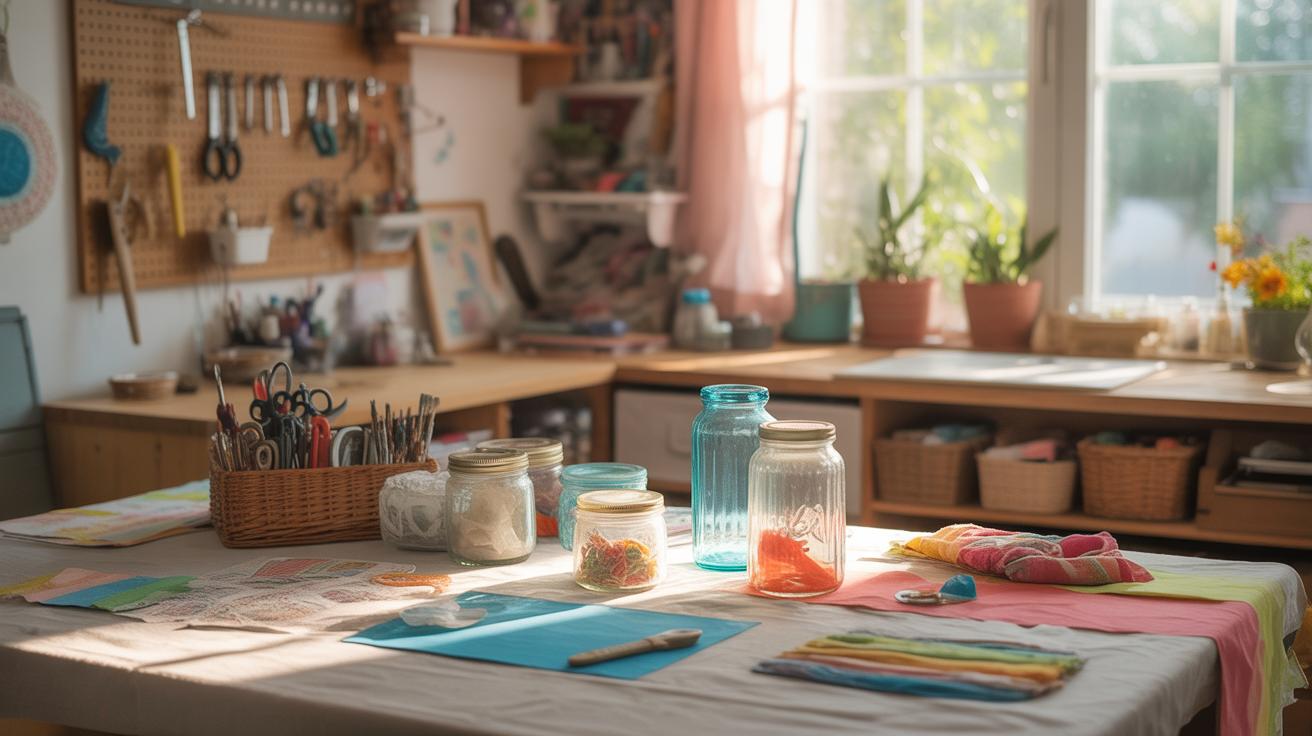Introduction
Refurbished furniture offers a way to bring unique style and character into your modern home while also supporting sustainability. These pieces have been carefully restored to give them a fresh new look without losing their original charm. Choosing refurbished furniture allows you to enjoy elegant designs and quality craftsmanship that often surpass those of newly made items.
This article explores the world of refurbished furniture in detail. You will learn why these pieces are valuable, how to select them, and ways to care for them. Whether you are redecorating your home or just want to add a special touch, refurbished furniture can be a wonderful choice.
Understanding Refurbished Furniture
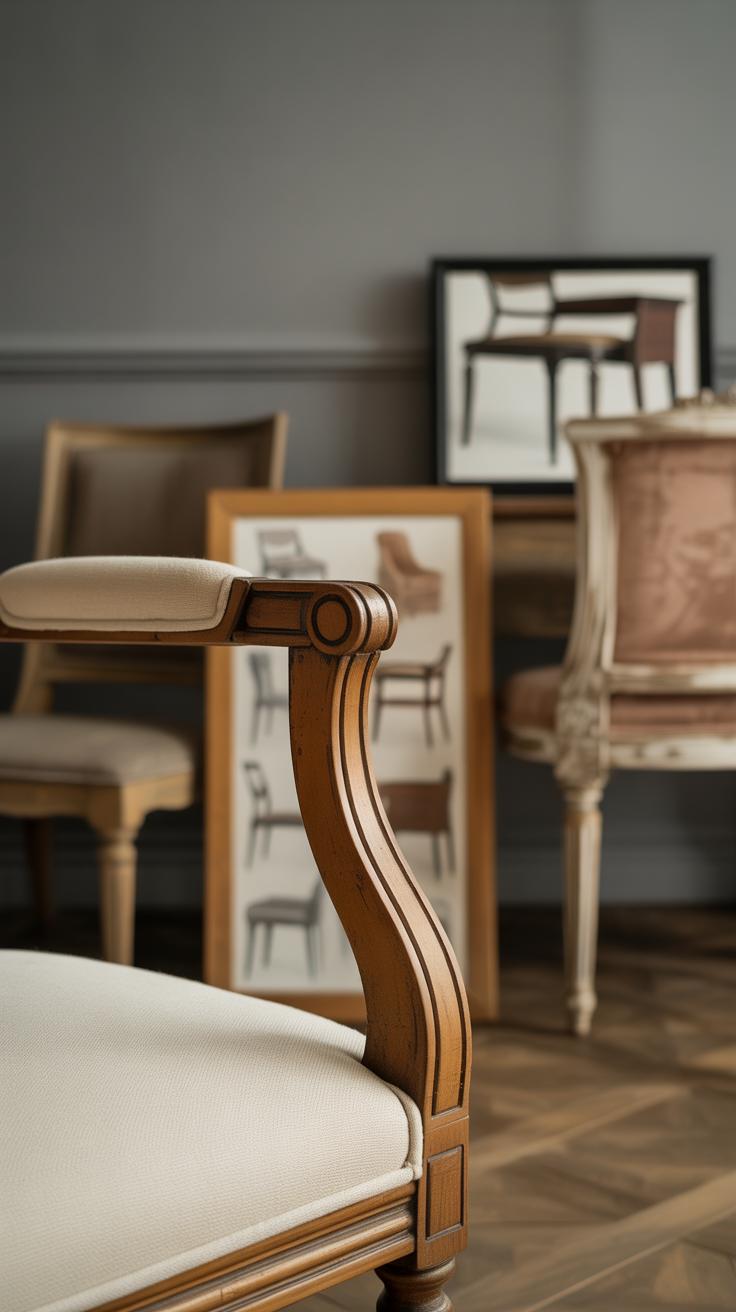
Refurbished furniture isn’t just old furniture shoved back into use. It sits somewhere between new and used, with its own distinct character. Think of it as furniture that’s been purposefully restored and improved, rather than merely bought secondhand or left untouched. It’s been given a second chance, often coming back with a fresh look but keeping its original soul intact.
Unlike new furniture, refurbished pieces carry history. They might show subtle signs of their past life, but they don’t look worn out or neglected like some used items might. Used furniture can be a gamble—you don’t always know the condition or if it’s been cared for properly. Refurbished furniture has gone through a process that ensures it’s not just surviving but thriving after revival.
Refurbishing involves more than cleaning or simple fixes. It’s a hands-on, sometimes creative process where furniture is carefully brought back to life. You can imagine it as a blend of repair and makeover, mixing craftsmanship with a bit of artistry. Each step focuses on both functionality and style, making sure the final piece fits modern spaces without losing its essence.
What Sets Refurbished Furniture Apart
What really separates refurbished furniture from your typical used item is the deliberate attention paid to restoration. It’s not just furniture that someone didn’t want anymore or sold as-is. Here, there’s a clear attempt to breathe new life into the piece.
This means it’s repaired—broken parts fixed, joints tightened, finishes refreshed—and often improved in subtle ways. Maybe the wear is carefully sanded away, or some details are subtly enhanced. The goal isn’t only to make things usable again but also to elevate the piece’s appeal. Used furniture might have charm, sure, but refurbished furniture tends to feel more intentional, almost like it’s been thoughtfully reborn.
Imagine finding a chair with a cracked leg. A refurbished chair won’t just have the leg glued back; it could be reinforced, repainted, or reupholstered with better fabric. These improvements make a difference you can easily feel and see.
The Refurbishing Process Explained
The process usually starts with an honest look at what the furniture needs. Cleaning is the first step—dust, grime, old polish, anything distracting is removed to see the real condition. Then comes the fixing. This might involve:
- Repairing broken joints or missing parts
- Replacing worn-out hardware like knobs or hinges
- Sanding surfaces to remove scratches, dents, or old finishes
Next is the part that often changes the piece’s appearance: refinishing. This could mean staining, painting, or applying a new protective coat. Sometimes the fabric is swapped out for upholstery or cushions replaced. It’s these finishing touches that transform an otherwise tired piece into something fresh yet grounded in history.
I’ve noticed the best refurbishers don’t follow a strict formula—they adapt based on the furniture’s style and condition. This careful approach isn’t quick or cheap. But when you see the final outcome, you realize the effort was worthwhile, bringing out something both functional and unique.
Benefits of Choosing Refurbished Furniture
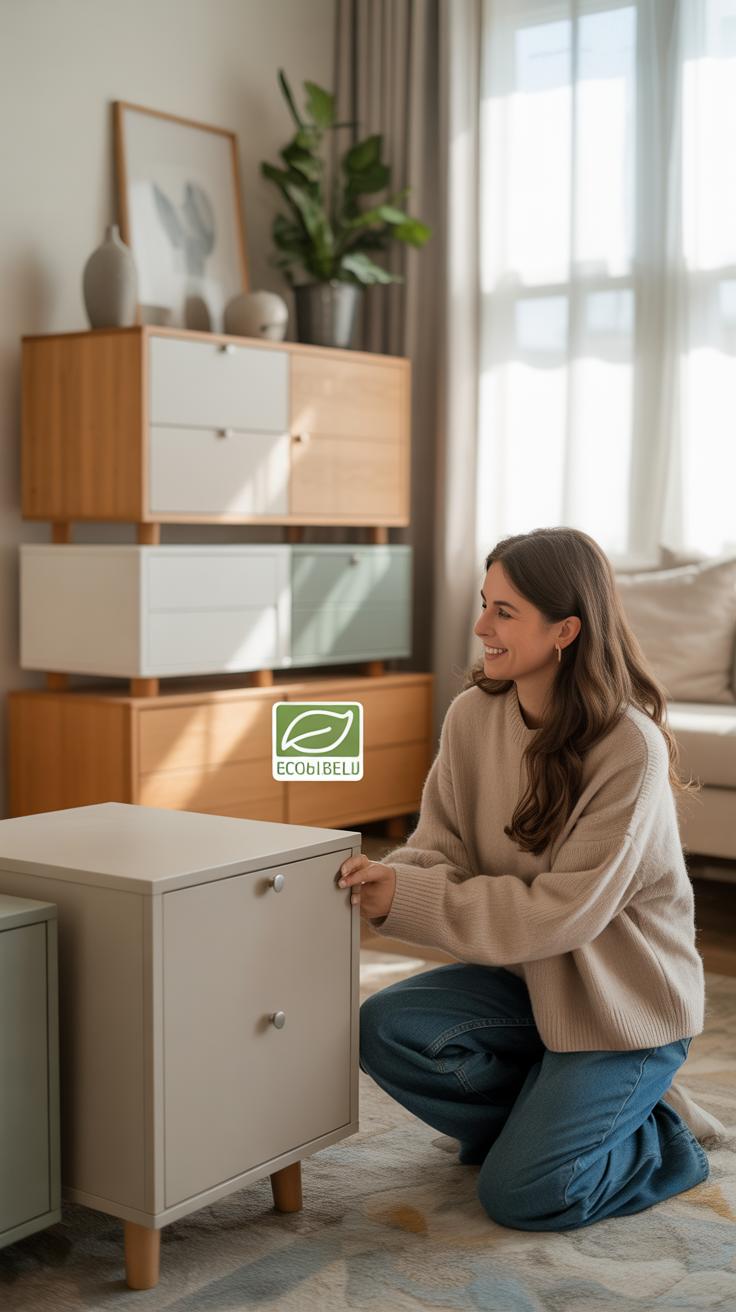
When you consider refurbished furniture, several benefits start to surface, some of which might surprise you. First, there’s the obvious financial perk: you often get quality pieces without the new-price tag. It’s not just about cheap bargains either; refurbished furniture tends to hold up well because the refurbishing process usually includes thorough repairs and fresh finishes. I once snagged a refurbished wooden dining table for less than half the price of a similar new one, and it still looks great years later.
Then, think about the environmental impact. Each piece you choose refurbished keeps an item from landfill. It’s tempting to ask yourself: how many materials and energy are saved when we reuse instead of replace? Buying refurbished means fewer raw materials are needed, less waste is created, and less energy goes into making something brand new. You might feel like you’re doing a quiet favor for the planet.
Also, style-wise, refurbished furniture often offers something new in its unique imperfections and history. Unlike mass-produced items, these pieces come with character—sometimes a faded patina, or a small quirk here and there—that new furniture can’t replicate. That individuality can add a subtle charm to your home, making it feel less like cookie-cutter modern and more like a thoughtfully styled space.
Saving Money With Refurbished Pieces
If saving cash sounds tempting, refurbished furniture can be a practical choice. Often, you pay less than half or even a third of the price of a comparable new item. But you don’t have to sacrifice quality. The key lies in the refurbishing process: skilled hands restore structure, reinforce joints, and apply fresh coatings. So, those pieces are not just visually appealing but built to last.
Also, consider the long-term value. Sure, a brand-new chair might seem perfect initially, but some mass-produced items lack durability. Refurbished pieces, especially from quality materials like solid wood, may outlast a cheaper new alternative. It’s a balance worth mulling over—would you rather spend a little more now for something lasting or save upfront but risk replacing it sooner?
Supporting a Greener Planet
Choosing refurbished furniture isn’t just a budget-friendly move; it’s a subtle way to support environmental care. Each refurbished item equals less waste dumped in landfills. Plus, it means fewer trees cut down or metals mined when you skip buying brand new. Sometimes, I wonder how much small decisions like this actually add up globally.
Think about how the refurbishment process extends a product’s life cycle, which saves resources across the board—from energy used in manufacturing to transportation emissions. Even though it might not feel immediately impactful, opting for refurbished pieces can make a real difference when multiplied by thousands of people choosing the same path. Your choice becomes part of a wider push toward sustainability.
Finding Quality Refurbished Furniture
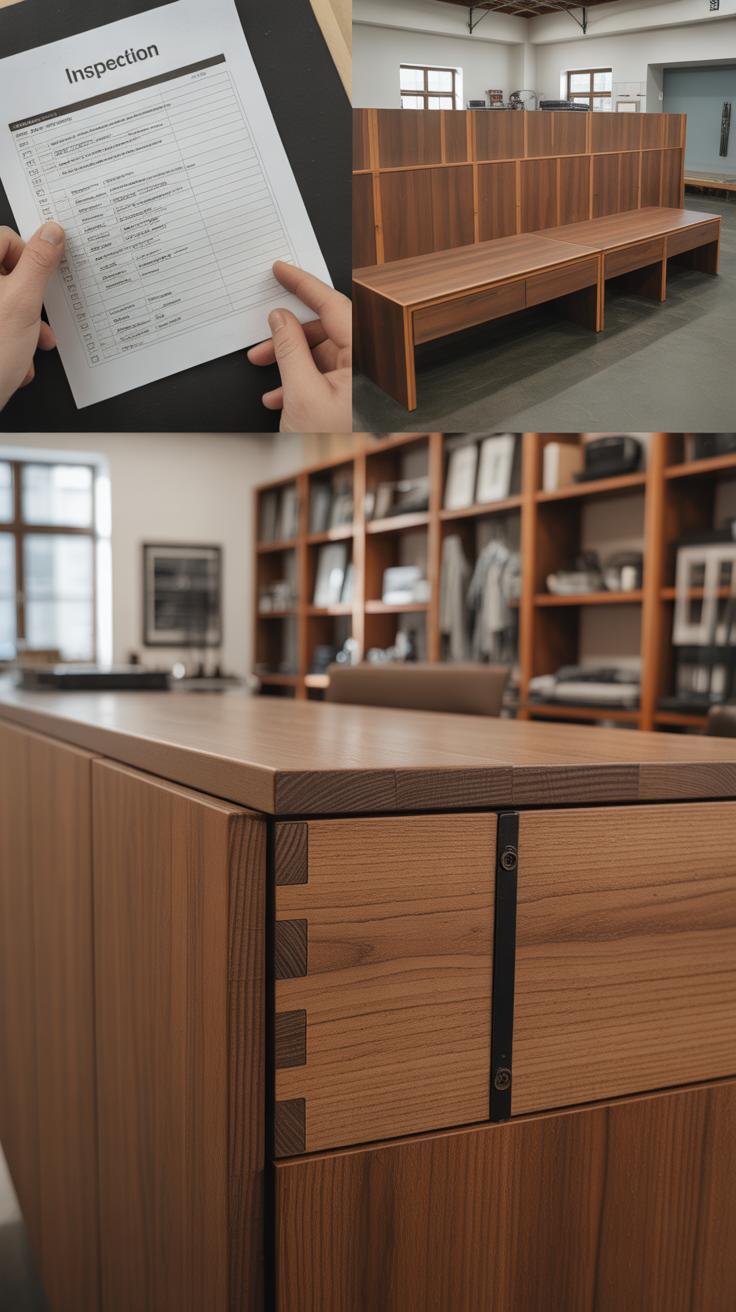
Locating good refurbished furniture can feel a bit like a treasure hunt. You want pieces that combine charm with durability, but where to start? Think beyond big-box stores. Local craftsmen often breathe new life into old pieces with true care. Visiting antique shops or specialized refurbishing boutiques can also reveal hidden gems. Online platforms like Chairish or Etsy showcase work from skilled refurbishers, though browsing in person has its perks.
When you find a potential piece, look closely at the structure. Is the wood solid, or does it give under pressure? Check joints and corners, as these reveal how well it was reassembled—or if it might fall apart soon. Scrutinize the finish; smooth, even paint or stain indicates attention, but some minor imperfections are normal. Finally, don’t forget the materials—real wood usually lasts longer than veneer or composite alternatives.
Buying refurbished furniture requires patience and a sharp eye. But once you spot a quality piece, it feels worth the effort. After all, isn’t that mix of uniqueness and reliability what draws many to refurbished pieces in the first place?
Choosing Refurbished Furniture for Your Style
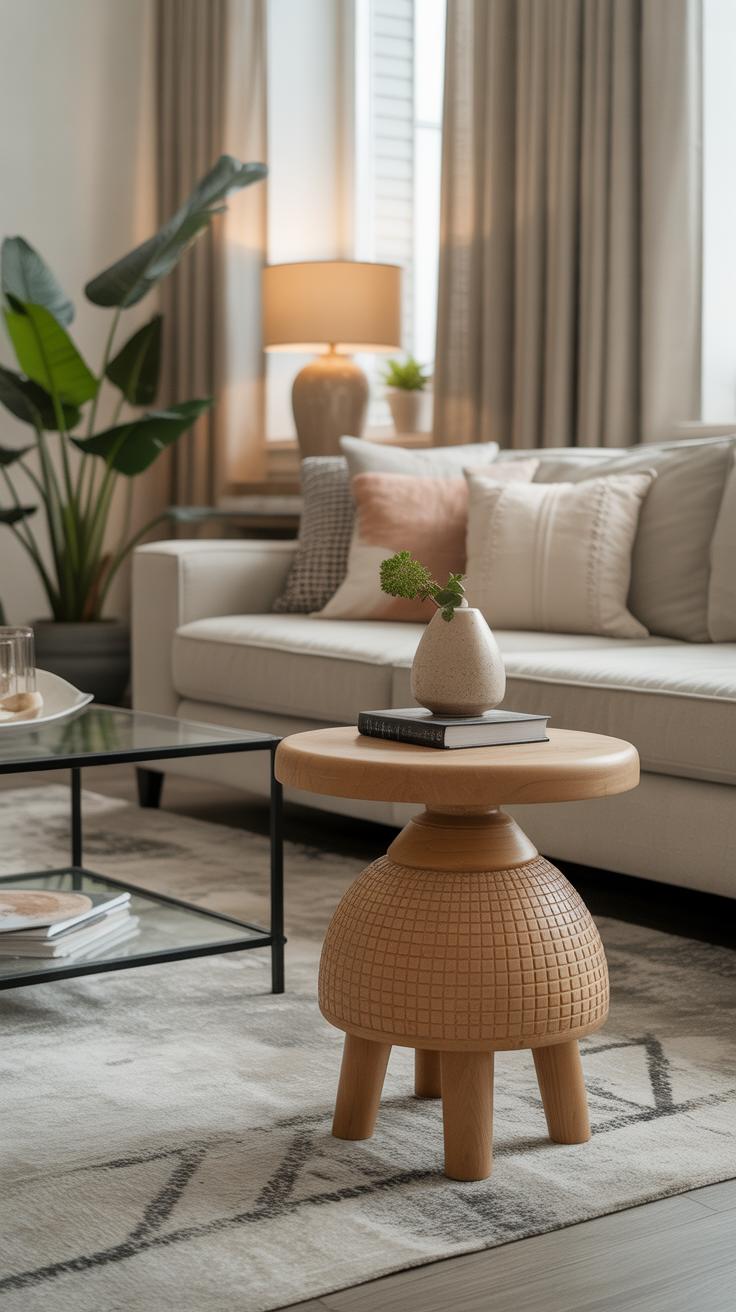
Picking refurbished furniture isn’t just about finding a decent piece—it’s about making sure it fits with what you really like and how your home feels. When you start looking, think about your personal style first, what speaks to you. Are you drawn to clean, simple lines or something a little more ornate? Refurbished furniture often comes with character that new furniture lacks, which can actually deepen your room’s personality.
It’s okay if your style isn’t super defined yet. Sometimes, a unique refurbished piece can help you discover what you enjoy visually. Ask yourself: does this piece feel like it could live comfortably with my existing furniture? If yes, that’s usually a good sign. If no, keep looking but remember—mixing things up can lead to surprisingly good results.
Mixing Old and New Aesthetics
Refurbished furniture bridges the gap between past and present. It can be the anchor in a room that’s otherwise decorated with modern, sleek pieces. The trick is balance. You might pair a refurbished wooden chest with a contemporary sofa, or an old armchair with minimalist lighting. When done thoughtfully, this mix creates a layered, lived-in look that avoids feeling like an exhibit.
Sometimes the contrast can feel a bit jarring—maybe because the refurbished item has heavy details that clash with ultra-modern clean spaces. But that tension might just add a touch of intrigue rather than detract. It depends on how bold or subtle you want your style to be. Don’t hesitate to experiment.
Matching Colors and Textures
Colors and textures matter more than you might realize when adding refurbished furniture. Look for pieces whose wood tones or fabric colors either complement or gently contrast your current palette. For example:
- If your room features soft greys and whites, a refurbished chair in muted green or deep navy fabric can add depth.
- Dark-stained wood pairs well with light, natural fabrics for a balanced feel.
- Textured fabrics—like linen or velvet—introduce visual interest and can soften the wood’s hardness.
Sometimes, playing it safe feels right. But don’t shy away from unexpected colors or tactile surprises; these can elevate a room in ways a new mass-produced piece might not.
Popular Types of Refurbished Furniture
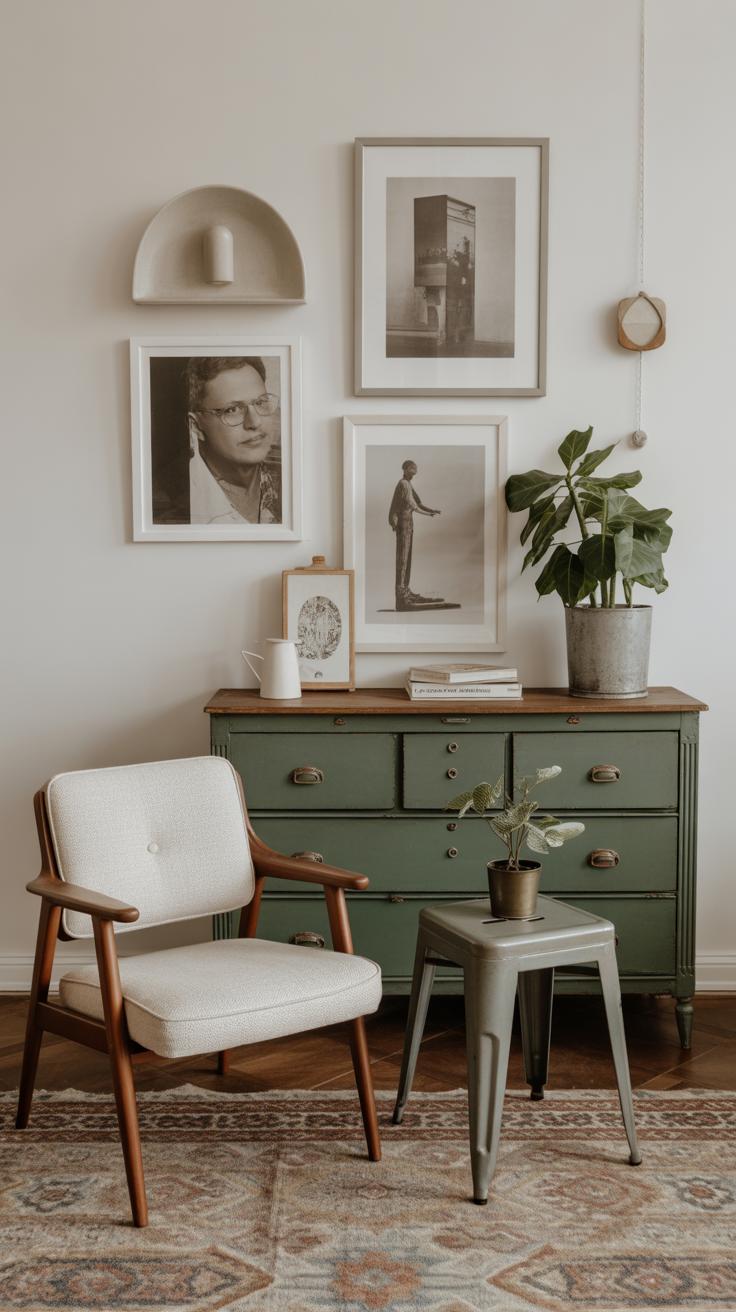
When you walk into a modern home filled with refurbished pieces, chances are you’ll notice some common categories popping up. Chairs, tables, and cabinets often lead the way, forming the backbone of a room’s personality without shouting for attention. These items get a second chance through careful restoration, sometimes mixed with a touch of new design to fit contemporary tastes.
Refurbished Seating Options
Chairs and sofas make up the bulk of refurbished seating choices. Vintage armchairs, once overlooked, often get revived with fresh upholstery and structural fixes. A well-refurbished sofa can turn a bland living area into a cozy retreat, especially when the fabric or leather is updated thoughtfully. You might find, say, a mid-century modern chair, its original wood frame polished to a soft glow, paired with bold fabric redecorations—this blend can both ground and refresh a space. I once saw a simple dining chair transformed with a bright seat cushion that completely changed the room’s energy. It’s surprising how much a single piece can influence the atmosphere.
Tables and Storage Solutions
Tables and cabinets are where function meets style in refurbished furniture. Dining tables often get sanded down, stripped of years of wear, and finished with natural stains or matte paints, making them perfect anchors for family meals or workspaces. Coffee tables frequently benefit from a creative rework, like adding metal legs or mixing wood types to catch the eye. Cabinets and storage units, meanwhile, serve a double purpose: they keep things organized and subtly define the room’s aesthetic. You’ll see old dressers turned into kitchen islands or vintage sideboards refreshed with new paint and hardware. These pieces don’t just fill space—they add character. Have you ever thought about how storage can actually make or break a room’s vibe? Sometimes, knowing where to look can change everything.
Caring for Your Refurbished Furniture

Refurbished furniture has its own personality; it tells a story, but it also needs a little extra attention to stay in good shape. You might think that once it’s fixed up, you’re done—but the truth is, ongoing care matters more than you expect.
Cleaning and Maintenance
Different materials demand different approaches. For wooden pieces, avoid harsh chemicals. A soft cloth with mild soap and water usually does the trick. Don’t soak the wood; just wipe and dry quickly. If you want to keep the finish rich, occasionally use a natural oil or wax. Fabric-covered furniture needs gentle vacuuming to remove dust, and spot cleaning with a fabric-friendly cleaner is usually safer than a deep scrub. Sometimes I’ve found that a quick brush with a pet hair remover also helps, especially on couches.
Preventing Wear and Damage
You might not always realize how much sunlight can affect wood—it fades and even warps. So, try to place pieces away from direct sun or use curtains. Scratches happen, sure, but simple measures like felt pads under chair legs can prevent scuffing floors and the furniture itself. Moisture is another culprit. Even a small spill left unattended can stain or cause swelling. Using coasters and wiping spills immediately gives you a head start. Do you ever find yourself debating where to put a drink, worried it might leave a ring? I’ve been there.
Giving attention to these details doesn’t take much time, but it helps your refurbished furniture last longer and keeps it looking the way you like. Sometimes it feels like a bit of effort, but it’s worth it when a piece stays looking good year after year.
DIY Refurbishing Basics
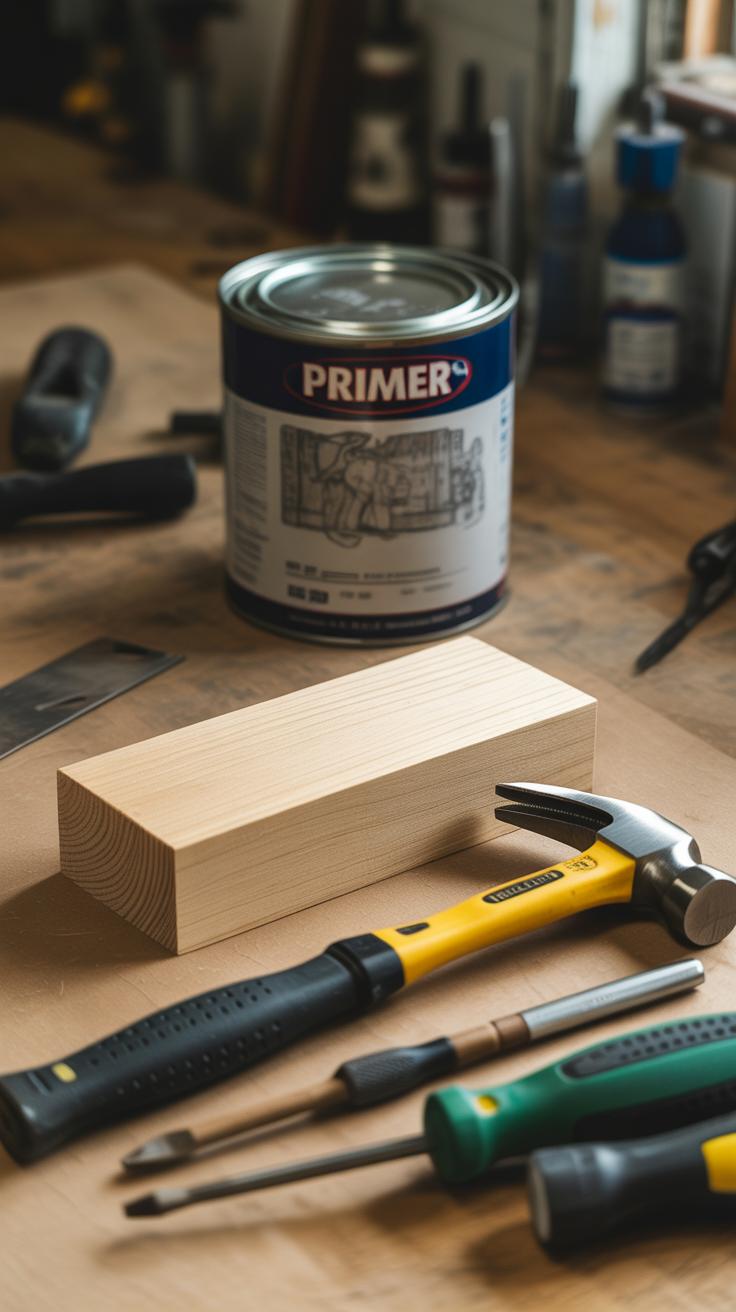
Tackling a refurbishment project on your own can be quite rewarding, even if you’re not some expert craftsman. You might find the process more approachable than you expect, especially with small pieces like chairs or side tables. Sometimes, just a fresh coat of paint or swapping out worn fabric can change everything. But first, you need a few basic tools to get started.
Tools and Materials Needed
For light furniture refurbishing, keep these handy:
- Sandpaper or a sanding block, preferably medium grit
- A few brushes or foam rollers for paint or varnish
- Simple screwdriver set
- Staple gun and staples for reupholstering
- Paint or wood stain, depending on your finish choice
- Basic fabric for upholstery – something durable but not too thick
- Protective gloves and a dust mask—better safe than sorry
You don’t need a fancy workshop or costly gear to start; often, it’s about patience and willingness to try.
Step-by-Step Simple Projects
Consider repainting a wooden chair. First, sand the surface lightly to help paint stick and remove any old flakes. Wipe down the dust, then apply a primer if you have it—though skipping it might work if the paint you choose covers well.
After drying, paint in thin layers, letting each dry before the next. This avoids drips and uneven spots. I remember my first chair looked patchy because I rushed; lesson learned.
Alternatively, reupholstering a seat can be straightforward. Remove the seat pad carefully, peel off old fabric, and use it as a template for cutting your new fabric. Stretch it tightly over the cushion, staple underneath, then reattach to the chair frame.
These projects don’t have to be perfect. You might find your style changing as you go—or discover what works best by doing. The key is to start simple and enjoy the process.
Where Refurbished Furniture Fits in Modern Design
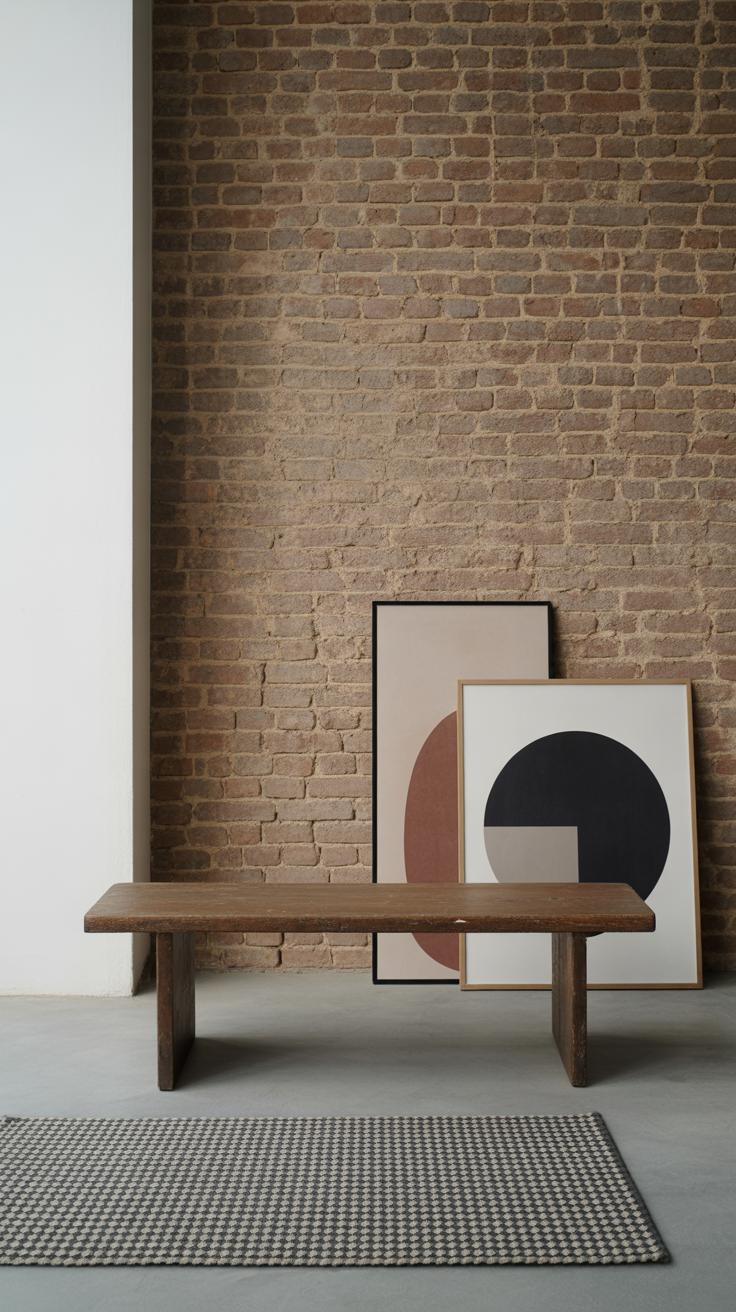
Refurbished furniture often feels like a breath of fresh air in modern interiors. Contemporary design tends to favor clean lines and simplicity, but sometimes it risks feeling a bit cold or impersonal. That’s where these older, refreshed pieces come in—they add just enough unevenness or surprise to keep a room alive without overwhelming it.
Think about how a slightly weathered wooden chair or a reupholstered vintage armchair can soften a stark, monochrome space. They don’t fight modern aesthetics but rather play off them. The contrast can be subtle or bold, depending on what you’re aiming for. Sometimes, those unexpected scratches or faded finishes bring a story into your home that brand-new furniture never could.
Adding Character and Warmth
Modern minimalism often strives for neatness, but it can feel a bit too perfect, maybe even sterile. Unique refurbished pieces add what many modern homes lack—personality. They peek out with quirks: a chipped leg, a faint stain, or a color that hints at its past life.
This character creates warmth. It makes spaces inviting rather than just stylish. For example, a once-forgotten side table, now glowing with fresh varnish, can anchor a living room, giving visitors something real to connect with. Perhaps you haven’t noticed before how these small imperfections gently invite curiosity or even conversation.
Mixing Materials and Eras
Combining refurbished furniture with new items offers playful contrasts that feel natural, if somewhat unpredictable. Pairing a mid-century dresser with a sleek, metal-framed sofa or placing a distressed wooden bench beside a glass coffee table shakes up the usual expectations.
You might worry whether these choices clash, but often, they balance each other. The old pieces bring texture and history; the new bring freshness and clarity. Maybe it’s the tension between eras or materials that makes a room more engaging, almost like watching a story unfold. So, mixing is not just acceptable—it might be necessary.
Sourcing Refurbished Furniture Responsibly

Understanding Ethical Sourcing
Knowing where refurbished furniture comes from matters more than you might think. It’s not just about getting a unique piece or saving money. It’s about understanding the entire process behind that chair or table. Who repaired it? What materials did they use? Were those materials handled safely and fairly? Sometimes, refurbished furniture can carry hidden costs—both environmental and social. You want to be sure it wasn’t produced in ways that harm workers or damage nature.
Asking questions about the origin can feel awkward, but it’s a good habit. Look for transparency in sellers. Do they share stories about the furniture’s journey? Is there information about the workshop or artist involved? Even a brief mention can make a difference. It shows care and accountability—something hard to find in mass-produced items.
Supporting Local Artisans
Buying from local craftsmen has perks that go beyond just owning something special. When you choose nearby artisans, your money stays close to home, helping small businesses and families. This support builds a network where craftsmanship is valued over shortcuts. Plus, local makers often use traditional techniques, giving the furniture a character you rarely find in factory-made pieces.
There’s something kind of personal about knowing who shaped your furniture. I’ve met a few artisans who treat their work almost like a conversation. Sometimes, they repair an old drawer or refinish a tabletop with care inspired by memories connected to the piece. That connection feels missing when you buy something at a big store. And honestly, it might last longer, too.
One thing to keep in mind: local doesn’t always mean perfect or eco-friendly. It’s worth asking about the materials and processes used. But supporting small, local businesses tends to encourage practices that respect both people and the planet. You can gently push for better transparency while enjoying furniture that tells a story—one rooted in a specific place and hands.
Making Your Home Stylish With Refurbished Furniture
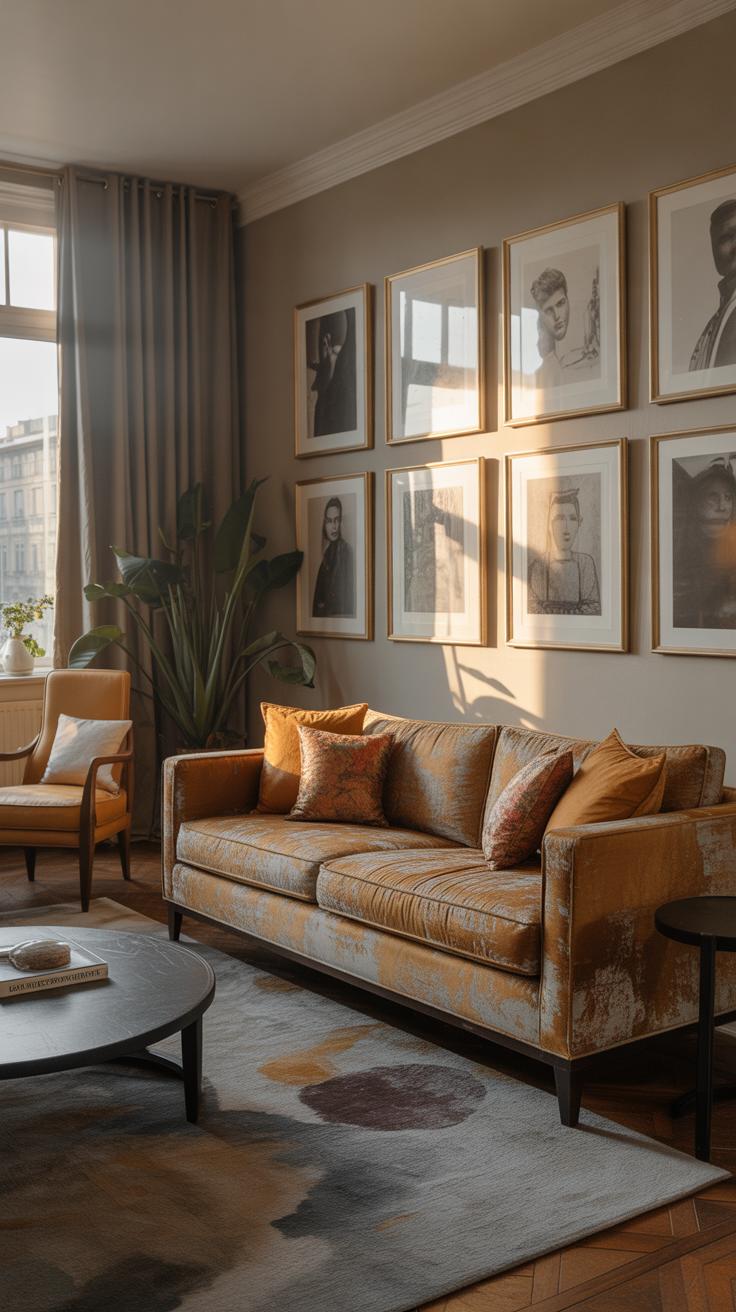
Refurbished furniture can surprise you with its ability to shift the feel of a room. It’s not just about what piece you pick but also how you place it. In the living room, refurbished sofas and chairs often carry character that new pieces lack. Try grouping a vintage armchair near a sofa with a small refurbished wooden table between them. This invites conversation and feels more inviting than everything pushed against walls.
One tip I found useful is to think about balance—not in a perfectly symmetrical way but more like an easy flow. For example, place a refurbished coffee table slightly off-center and see how that changes the room’s rhythm. Rugs and cushions can soften the edges and tie in different colors or textures from the furniture. Lighting also matters—a floor lamp beside a restored chair can make an unexpected nook feel cozy.
When it comes to bedrooms and dining spaces, refurbished wardrobes and beds offer opportunities to introduce unique style. Oddly enough, these pieces sometimes work best when you mix old with new. Try pairing a worn wooden wardrobe with crisp, modern bedding or a sleek dining chair with a restored table. It creates a layered look, like your room has a story. Don’t shy away from repainting parts or changing hardware—it might feel risky, but often adds personal flair.
In the dining area, positioning a refurbished table centrally with mismatched chairs can be refreshing, rather than trying to match everything too neatly. It encourages a casual, lived-in vibe. If your space feels too busy, a single statement piece—say, a chest of drawers with chipped paint—can give the room charm without cluttering it.
What about your own rooms? Could bringing in slightly imperfect, refurbished furniture make them feel more grounded or inviting? Sometimes, embracing those little quirks in old pieces makes all the difference.
Conclusions
Refurbished furniture combines beauty and responsibility. By choosing these pieces, you add unique styles to your modern home and help reduce waste. The care and craftsmanship involved in refurbishing make each item special and durable.
Think about your home’s needs and the kinds of refurbished furniture that can complement your space. With the practical tips and knowledge shared here, you can find elegant pieces that match your taste and lifestyle. Refurbished furniture can make your home more inviting and meaningful.



